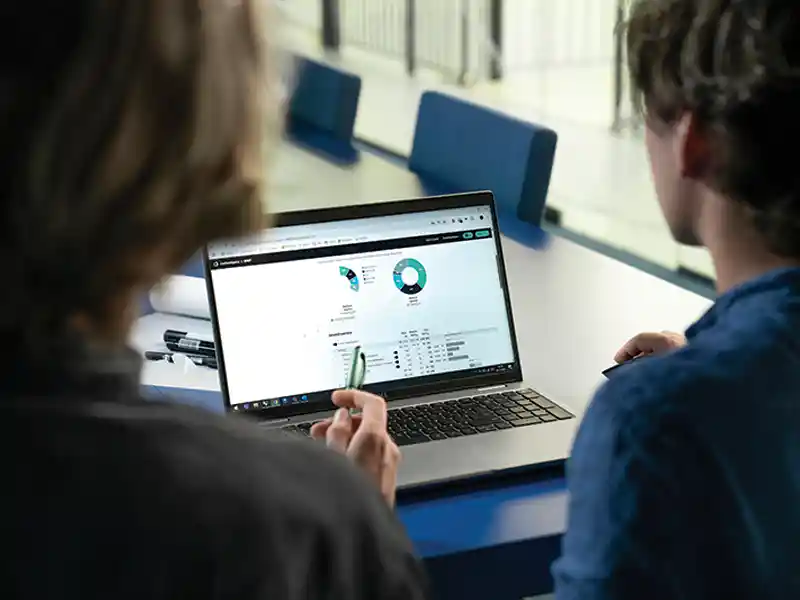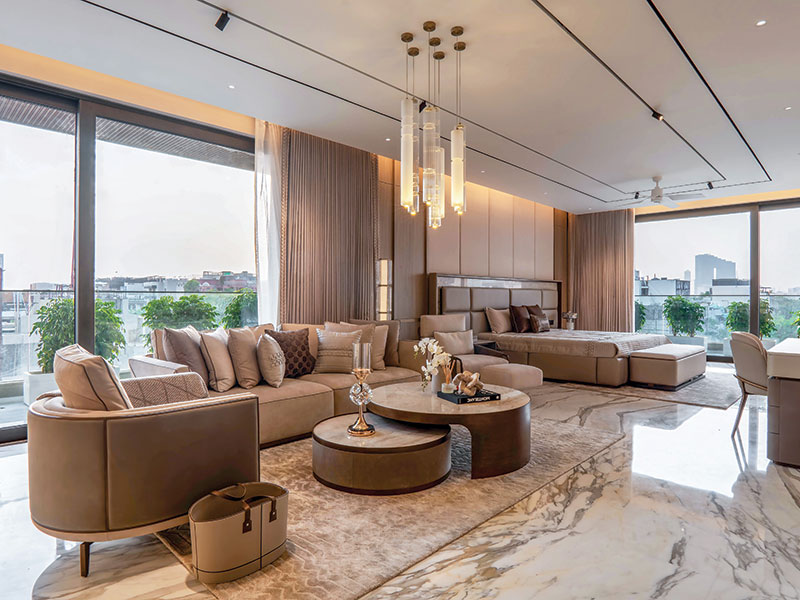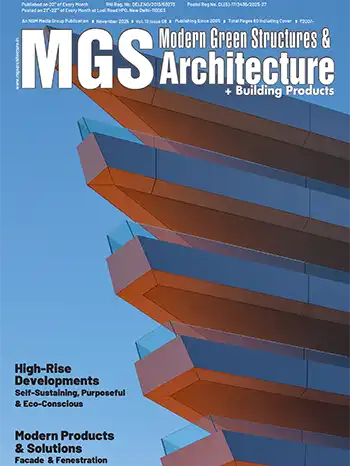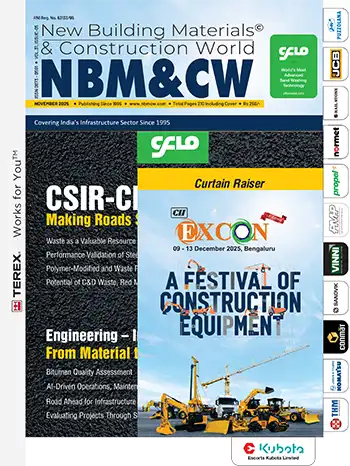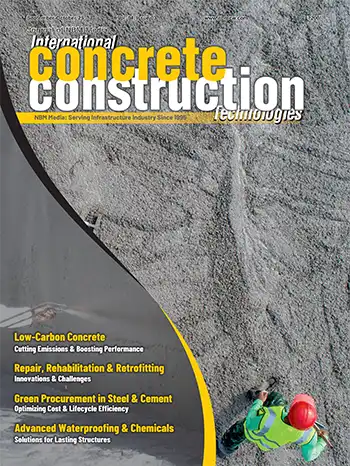
The workplace design involves more than simply looks. It is about developing an atmosphere that inspires, empowers, and values the human experience at work. Today, professionals aren’t just seeking a desk and a paycheck. Instead, they desire a workspace that supports how they think, work, and feel. Companies that ignore this fact invite disengagement, poor performance, and higher attrition.
The office design directly influences how employees feel about their work. Physical distress and mental fatigue may result from an uninspiring environment that includes confined cubicles, intense lighting, or inadequate ventilation. Over time, this increases stress while decreasing productivity of employees. Moreover, creativity and morale are diminished when employees are compelled to work in environments that do not align with their work styles. For instance, when introverts are made to work in open areas and extroverts are bound to work in cubicles, productivity often decreases.
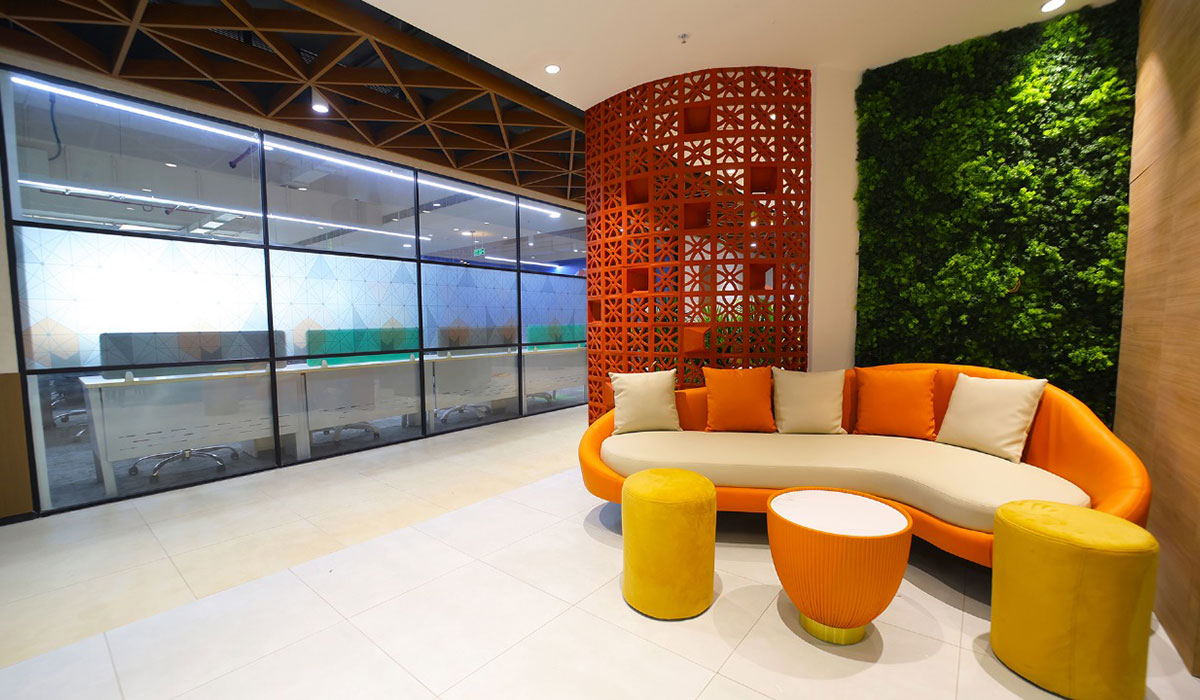
On the contrary, the workspace that supports diverse needs often increases its productivity as well as comfort. Colour, layout, and pollution control are all significant factors. In particular, orange and yellow colours are recognised for their ability to stimulate creativity and imagination. Furthermore, quiet zones and collaborative areas enable employees to select their work environment according to their temperament and tasks - a straightforward adjustment that results in substantial productivity improvements.
Design That Meets Psychological Needs
According to research conducted by the Interdisciplinary Center for Healthy Workplaces at the University of California, people seek out environments (including work situations) that satisfy their basic human needs. As a result, successful firms adopt a design that aligns with fundamental psychological needs. Most of them consider:- Privacy: Employees crave quiet and focus, not constant exposure. Providing phone booths or individual pods helps reduce distractions.
- Flexibility: Today’s employees expect to choose how and where they work. Activity-based workspaces support different tasks—from brainstorming to deep thinking—encouraging autonomy and flow.
- Predictability: With agile work models, wayfinding tools or consistent space availability restore a sense of control over a dynamic environment.
- Equity: Removing visual hierarchies—like corner offices—encourages collaboration and breaks down silos.
- Comfort: Beyond ergonomics, natural light, fresh air, and green elements dramatically improve emotional wellbeing.
- Connection: Agile spaces encourage casual interactions, which often spark innovation and camaraderie.
- Safety: Psychological safety thrives in team-based layouts where ideas and feedback can flow freely.
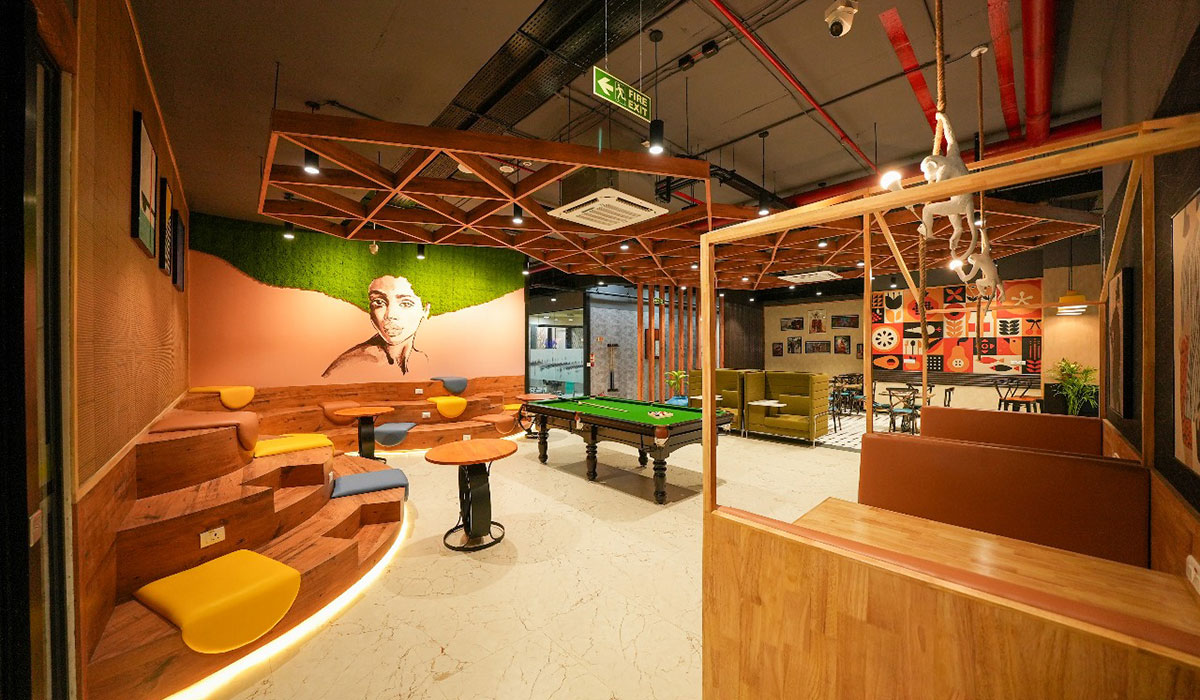
All in all, the most valuable asset in any company is its people. And people need more than a desk—they need a workspace that works for them. When an office design is aligned with psychological insights, firms don’t just create a place to work. They instead create a place where people want to work. And that difference can mean everything.

